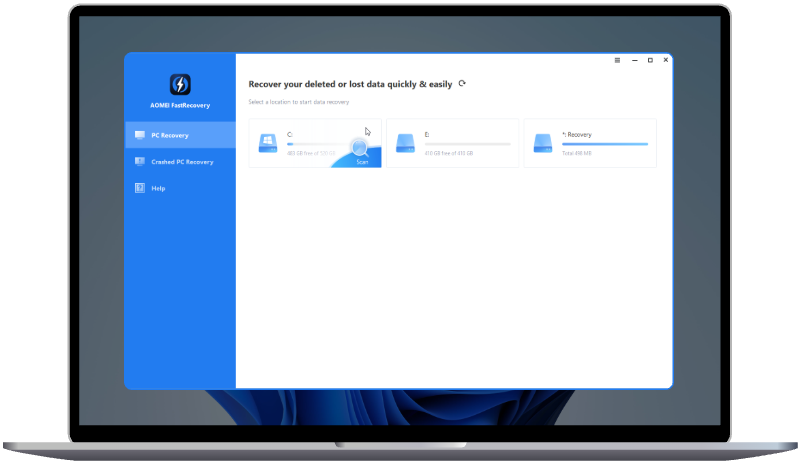Tesla USB Drive Setup: Formatting Guide
Learn how to format USB drives for Tesla use. Ensure compatibility and optimize USB setup for seamless integration with your Tesla vehicle.
esla vehicles offer advanced features and functionalities, including the ability to play media files from a USB drive. However, to ensure seamless compatibility and performance, it's essential to properly set up and format the USB drive for use with your Tesla. In this guide, we'll walk you through the process of formatting a USB drive for Tesla use, providing step-by-step instructions and best practices to optimize performance and reliability.
Understanding Tesla USB Compatibility
Before formatting a USB drive for your Tesla, it's important to understand the compatibility requirements. Tesla vehicles support a variety of USB drives, including flash drives and external hard drives. However, not all drives are compatible due to differences in file systems and formatting.
Preparing the USB Drive for Tesla Use
To prepare a USB drive for Tesla use, it must be formatted using the FAT32 file system. Tesla vehicles recognize FAT32-formatted drives and can read media files stored in this format. Before formatting, ensure that the USB drive is empty or contains only files that you want to use with your Tesla.
Formatting USB Drive for Tesla: Step-by-Step Guide
- Selecting the Appropriate File System: FAT32 is the preferred file system for Tesla USB drives due to its universal compatibility.
- Formatting the USB Drive: Connect the USB drive to your computer and open Disk Management (Windows) or Disk Utility (macOS).
- Choosing the Quick Format Option: Select the USB drive and choose the option to format using FAT32 with quick format enabled.
- Verifying Formatting Completion: Once the formatting process is complete, verify that the USB drive is recognized as FAT32.
Tesla USB Drive Setup Best Practices
- Choosing the Right USB Drive: Opt for a high-quality USB drive with sufficient storage capacity and reliable performance.
- Safely Ejecting the USB Drive: Always eject the USB drive from your computer using the proper procedure to prevent data corruption.
- Troubleshooting Common Formatting Issues: If you encounter formatting errors or compatibility issues, try using a different USB drive or formatting utility.
Ensuring Data Integrity and Performance
After formatting the USB drive for Tesla use, it's important to verify data integrity and test performance. Transfer a few media files to the USB drive and test playback in your Tesla vehicle to ensure compatibility and smooth operation.
Conclusion
Setting up a USB drive for use with your Tesla is a straightforward process that requires attention to formatting guidelines and best practices. By following the steps outlined in this guide, you can ensure seamless compatibility, reliable performance, and optimal media playback in your Tesla vehicle.
FAQs
Q: Can I use any USB drive with my Tesla?
A: While Tesla vehicles support a variety of USB drives, it's recommended to use drives formatted with the FAT32 file system for optimal compatibility.
Q: Why is FAT32 the preferred file system for Tesla USB drives?
A: FAT32 is widely recognized and supported by Tesla vehicles, allowing for seamless media playback and compatibility across different models.
Q: What should I do if my Tesla doesn't recognize the USB drive?
A: If your Tesla doesn't recognize the USB drive, try reformatting it using the FAT32 file system and ensuring that it contains compatible media files.
Q: Can I use external hard drives with my Tesla?
A: Yes, Tesla vehicles support external hard drives formatted with the FAT32 file system for media playback and storage purposes.
Q: How do I safely eject the USB drive from my Tesla vehicle?
A: To safely eject the USB drive from your Tesla, navigate to the media player settings and select the option to eject the USB device before physically removing it.

